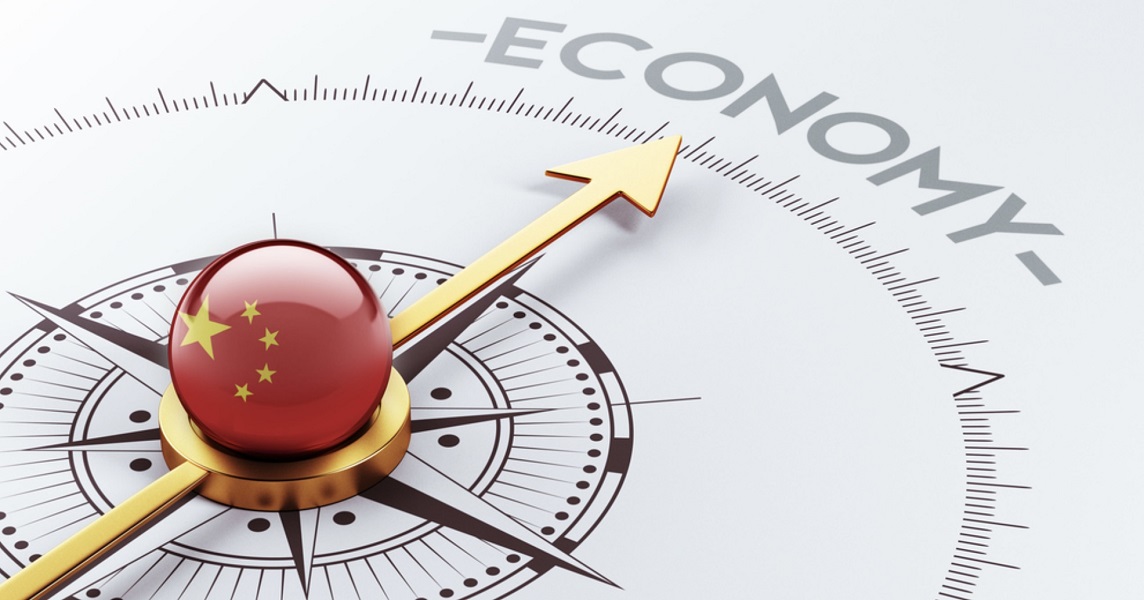
Date: November 20, 2023
In October, China's economy may not appear to gain a strong recovery. However, a rational look at the situation shows there is some potential amid the current difficulties. Weakness in overseas manufacturing led to a decline in exports, impacting relevant industrial chains. Infrastructure and real estate investments remained weak, while manufacturing investment stayed stable owing to policy support and shifting demands. Supported by holiday promotions and a resurgence in service consumption, overall consumption remained resilient, although certain consumer goods experienced a slowdown in growth. Continuous decline in indicators including the Consumer Price Index (CPI) revealed the need for further stimulus including policy support to bolster internal momentum for economic growth.
October witnessed a slight decline in the Purchasing Managers’ Index (PMI), indicating a slowdown in the pace of overall economic expansion. The Composite PMI Output Index, Manufacturing PMI, and Non-Manufacturing Business Activity Index stood at 50.7%, 49.5%, and 50.6% respectively, dropping by 1.3, 0.7, and 1.1 percentage points compared to the previous month. All five sub-indices within the Manufacturing PMI registered decreases, signaling a deceleration in manufacturing production expansion, intensified demand contraction, reduced main raw material inventories, reduced labor use, and quicker delivery times from raw material suppliers. Furthermore, the Index of Service Production and Industrial Added Value demonstrated a slight acceleration compared to the previous month, primarily due to the base effect. While there was an increase in the year-on-year growth rate for October, the overall trend reveals a decline in the two-year compound annual growth rate for 2021-2023.
In October, exports were mainly influenced by seasonal factors and the global downturn in manufacturing industry prosperity. Regarding seasonality, there was an 8.1% month-on-month decrease in October’s exports, signaling ongoing instability in global demand. The global Manufacturing PMI dropped to 48.8%, reaching its lowest since July 2023. The growth in China’s exports to several regions also declined. In terms of products, the end of Christmas shipments led to a decline in the export growth rate of labor-intensive products. Simultaneously, the European Union’s anti-subsidy investigation into China’s new energy vehicles hindered the export growth of the automotive industry chain. Moreover, the export growth in the electronic industry chain displayed a divergence, with an uptick in mobile phone exports but a more significant decline in the exports of automated data processing equipment and integrated circuits.
For industrial enterprises above designated size, the year-on-year growth rate in October reached 4.6%, slightly up from the previous month, while the industrial growth rate from January to October slightly increased to 4.1%. Mining and manufacturing emerged as the primary drivers of growth, especially noticeable in the continuous three-month upturn in equipment manufacturing. However, after excluding the base effect, regarding the two-year compound annual growth rate, October saw a year-on-year growth rate of 4.8% for industrial enterprises above designated size, slightly down from the previous month. This decline was mainly due to specific industries stocking up ahead of time, resulting in the release of a portion of production demand last month. Inadequate foreign demand affected export-related manufacturing, while diminishing domestic demand in infrastructure and real estate investment continued to weaken related industrial chains.
October registered an overall year-on-year investment growth rate of 2.9%, showing a slight decrease compared to the previous month. Manufacturing investment remained stable, but there was a continued decline in both infrastructure and real estate investments. The slowdown in infrastructure investment growth can be attributed to factors such as a high base effect and a slowdown in the issuance of special bonds. Except for electricity, heating, and hydraulic power, the year-on-year growth rate in other sub-items has declined. Manufacturing investment experienced a slight dip, along with reduced investment in high-tech industries, automobile manufacturing, electrical machinery and equipment manufacturing, computer communications, and other electronic equipment manufacturing. Real estate investments, sales volume, sales area, and funding sources continued to weaken. Private real estate investment showed a marginal rebound overall, particularly noticeable when excluding real estate development investment, signaling a gradual recovery in the confidence for investment among private enterprises.
From January to October, there was a 6.9% year-on-year increase in retail sales of consumer goods. Notably, automobile consumption helped to boost overall consumer spending in October. From January to October, service retail sales saw a slight improvement with a 19.0% year-on-year growth. The effect of new energy vehicle policies started to be felt and resulted in an 11.4% growth in retail sales of passenger cars. The adjustment of policies in the real estate market also led sectors like home appliances, furniture, and building decoration to turn positive after 12 months. Regarding service consumption, the year-on-year growth rate of catering services rose to 17.1%. However, it is worth noting that the rebound in the growth rate of total retail sales of consumer goods was significantly influenced by a low base effect.








